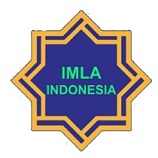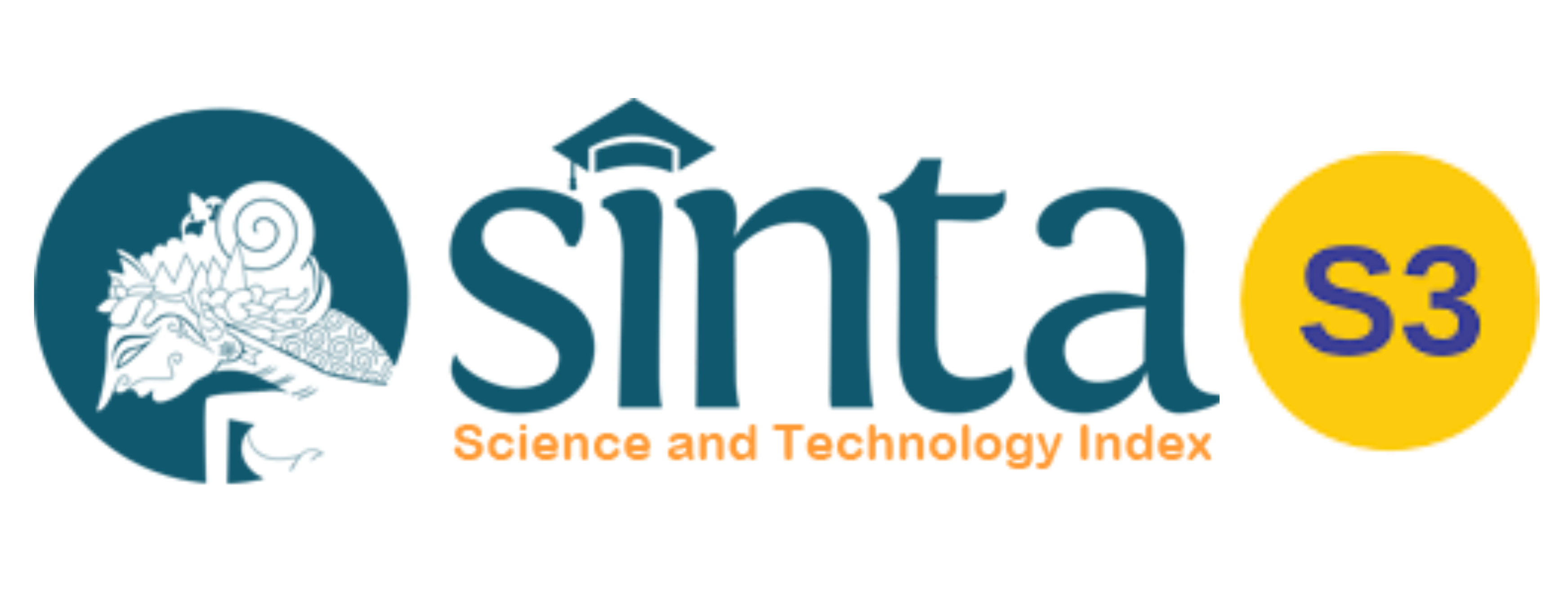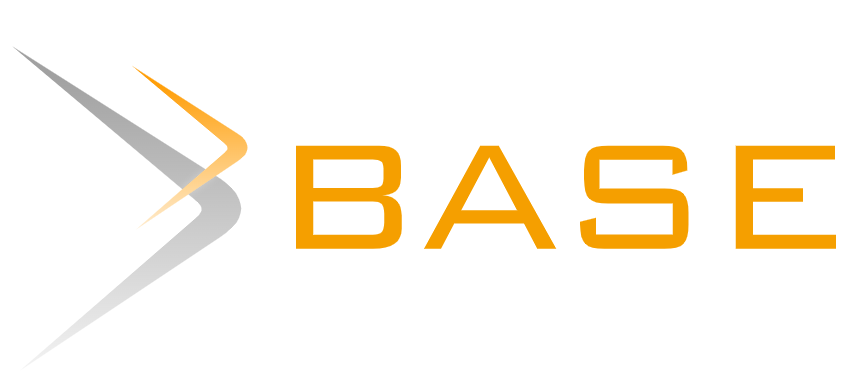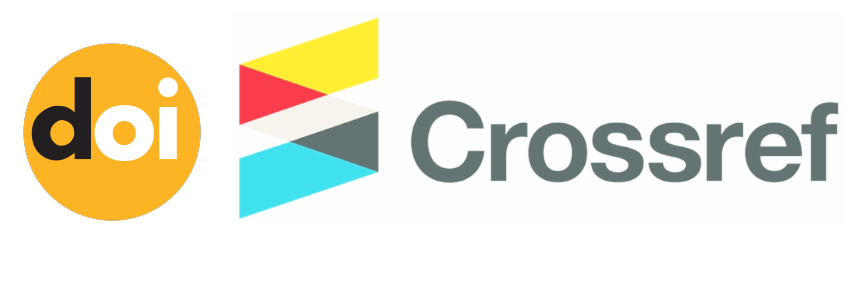THE RHETORIC OF THE UAE'S MIDDLE EAST CIVILIZATION ADVANCEMENT TO THE SURROUNDING NATURAL ECOSYSTEM
Abstract
The Middle East is side by side with western countries competing in optimal utilization in processing the resources provided by the earth. Clean water is an absolute source of life that humans need. In addition, the technology and wealth of a country are the benchmarks for supporting the achievement of a country's goals. The use of manipulated nature to meet the needs of clean water is the idea of one of the developed countries in the Middle East, namely the United Arab Emirates. The United Arab Emirates, which is rich in natural wealth and abundant wealth, accompanied by advances in mindset and technology that is never separated from commemorating its culture, makes them think more deeply than other countries with their wealth of clean water. The sowing of salt in the atmosphere along with desalination/filtration of seawater into ready-to-consume water is an action taken by the Emirate to meet the needs of its people. Changes in natural ecosystems that were originally arid to become barren and green are almost impossible actions but have been successfully carried out and implemented by developed countries in the Middle East. Then the question arises about whether changing the shape and manipulating nature that should be as usual in this ecosystem will have an impact or benefit the general public.
Keywords
Full Text:
PDFReferences
P. D. Tortell, Ed., Earth 2020: An Insider’s Guide to a Rapidly Changing Planet. Open Book Publishers. 2020.
Creswell, John W. 2009. Research Design: Qualitative, Quantitative, and Mixed Methods Approaches. Thousand Oaks: Sage Publications.
Alan Bryman. 2012. “Social Research Methods, 4th Edition”. Oxford University Press. New York.
Lexy J., Moleong. 1996. Metodologi Penelitian Kualitatif. PT Remaja Rosdakarya: Bandung
IUCN. “Illegal Activities Threaten Natural World Heritage, Pushing the Vaquita to the Brink and Depleting Forests.” IUCN, 3 July 2017, www.iucn.org/news/iucn-41whc/201706/illegal-activities-threaten-natural-world-heritage-pushing-vaquita-brink-and-depleting-forests-%E2%80%93-iucn. Diakses 22 Desember 2020.
Bonner, H. 1959. Social Psychology. American Book Company. USA.
Satriya, Bambang. 2009. Paradigma Baru Pendidikan Kewarganegaraan di Perguruan Tinggi. Nirmana Media: Jakarta.
Abo Khashaba, Saif. 2017. Economic Importance of Niobium and Tantalum. University in Kafr el-Sheikh, Egypt.
Ventura, Luca. “Poorest Countries in the World 2020.” Global Finance Magazine, 22 July 2020, https://www.gfmag.com/global-data/economic-data/the-poorest-countries-in-the-world. Diakses 21 Desember 2020.
Ventura, Luca. “Poorest Countries in the World 2020.” Global Finance Magazine, 22 July 2020, https://www.gfmag.com/global-data/economic-data/the-poorest-countries-in-the-world. Diakses 21 Desember 2020.
Kazim, M. 2007. Assessments of Primary Energy Consumption and Its Environmental Consequences in The United Arab Emirates. Renew Sust Energy Rev 426-446.
Khalaf, Sulayman. 2000. Poetics and Politics of Newly Invented Traditions in the Gulf: Camel Racing in the United Arab Emirates. Univerity of Pittsburgh. USA.
BUROS, O.K..The ABCs of Desalting, International Desalination Association
Water Desalination Report of UAE halaman 1-4 . 2011.
Rain Enhancement. United Arab Emirates Research Program for Rain Enhancement Science. [Online].http://www.uaerep.ae/en/app/16#. Diakses 28 Desember 2020.
S. Malik, H. Bano, R. A. Rather and S. Ahmad. 2018. Cloud Seeding; Its Prospects and Concerns in the Modern World. Int. J. Pure App, vol. 6 (5), no. 2320 - 7051, pp. 791-796.
N. Regoli, "12 Important Pros and Cons of Cloud Seeding," Connect Us, 23 August 2015. [Online]. https://connectusfund.org/12-important-pros-and-cons-of-cloud-seeding. Diakses 28 Desember 2020.DOI: https://doi.org/10.20961/cmes.14.2.55375
Refbacks
- There are currently no refbacks.
Copyright (c) 2021 Jurnal CMES

This work is licensed under a Creative Commons Attribution-ShareAlike 4.0 International License.
| Copyright of CMES ISSN 2085-563X (print) and ISSN 2502-1044 (online) CMES Journal is licensed under a Creative Commons Attribution-ShareAlike 4.0 International License. | CMES (Center of Middle Eastern Studies) Print ISSN: 2085-563X Online ISSN: 2502-1044 Website: https://jurnal.uns.ac.id/cmes/index Email: cmes@mail.uns.ac.id Published by: Universitas Sebelas Maret Office: Department of Arabic Literature, Faculty of Cultural Science, Universitas Sebelas Maret Ir. Sutami Street, No. 36A, Surakarta, Jawa Tengah 57126 Phone: +62 822-4000-2313 |















